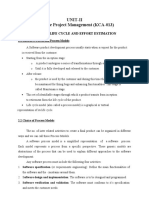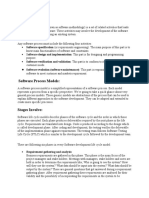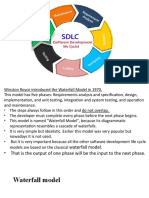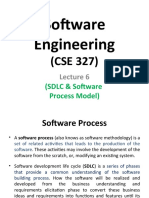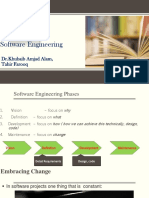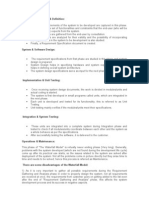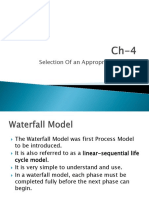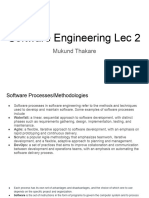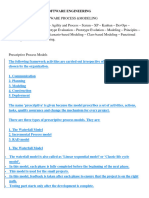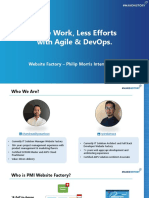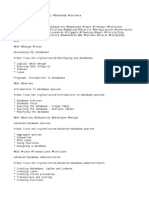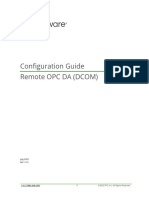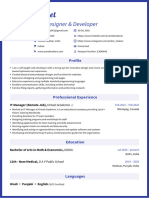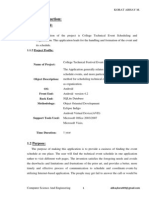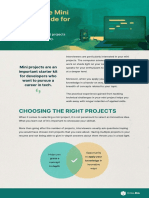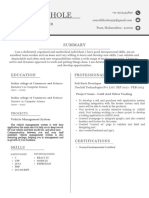0% found this document useful (0 votes)
11 views5 pagesChoice of Process Models
The document discusses various software process models, including the Waterfall, Spiral, Prototyping, and Incremental Delivery models, each representing different approaches to software development. Key activities in any software process include specification, design, verification, and evolution. The document emphasizes the importance of planning, risk analysis, and user feedback in developing software systems effectively.
Uploaded by
logeswarisaravananCopyright
© © All Rights Reserved
We take content rights seriously. If you suspect this is your content, claim it here.
Available Formats
Download as DOCX, PDF, TXT or read online on Scribd
0% found this document useful (0 votes)
11 views5 pagesChoice of Process Models
The document discusses various software process models, including the Waterfall, Spiral, Prototyping, and Incremental Delivery models, each representing different approaches to software development. Key activities in any software process include specification, design, verification, and evolution. The document emphasizes the importance of planning, risk analysis, and user feedback in developing software systems effectively.
Uploaded by
logeswarisaravananCopyright
© © All Rights Reserved
We take content rights seriously. If you suspect this is your content, claim it here.
Available Formats
Download as DOCX, PDF, TXT or read online on Scribd
/ 5




